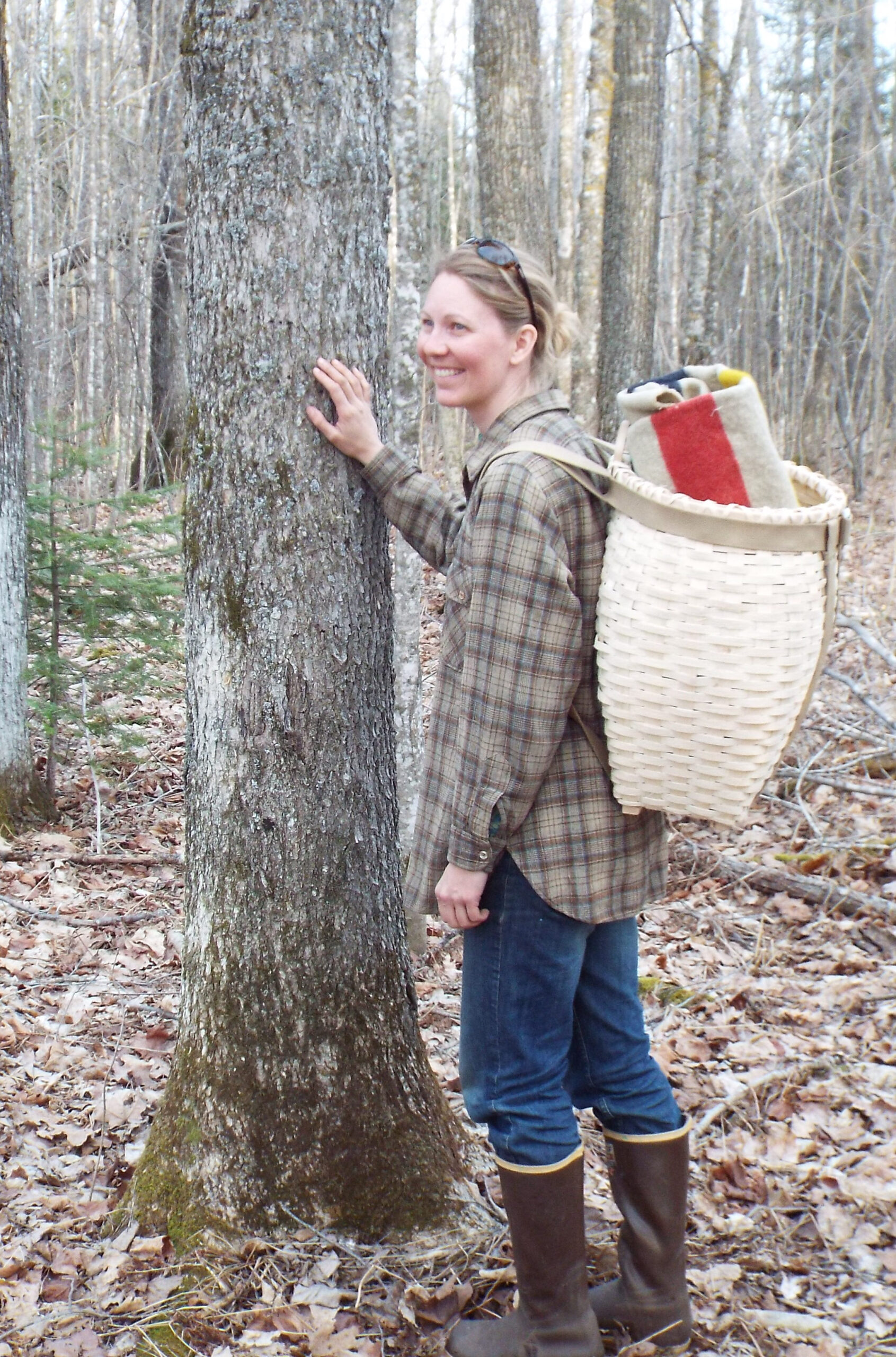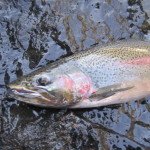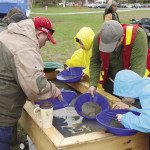Two Harbors—I often wonder what my neighbors think when they see me out in the yard, pounding on a log all day long. It must seem strange to the uninitiated, but what I’m actually up to is the process of harvesting one of the most beautiful, durable, and versatile basketry materials available in the north woods. The finished material is called black ash splint, and it is nothing more or less than a growth ring (or half of a growth ring) from the black ash tree.
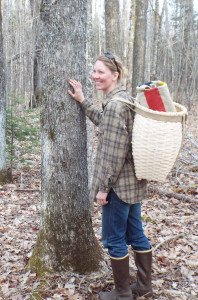
Black ash trees are a common species in northern Minnesota, but they range from eastern Canada south as far as West Virginia. Black ash is most commonly a tree of swamps and lowlands, enjoying plenty of water around its roots. However, it will also grow in upland locations, especially intermixed with sugar maple and other hardwoods. This tree loses its leaves first in the fall and leafs out last in the spring, so it is often bare when all the other trees are green. As a basketry material, black ash has been used for centuries, and probably millennia, by northeastern Aboriginal peoples and also famously by the Shakers of New England. The baskets woven from it are light, very strong, and generally quite handsome.
Like so many other miracles, the small miracle of ash basket making is achieved by the application of a lot of hard effort. After the tree is felled, hauled out of the woods and the bark removed, the real work begins. The basket maker works his or her way up and down the tree trunk, pounding every inch of surface, removing splint one growth ring at a time.
In between the layers of hard summer wood are layers of soft, spongy spring wood. When the trunk is pounded, usually with a wooden mallet, a three pound sledge, or the poll of an axe, this spring wood is crushed, allowing the tree rings to de-laminate. This is a quality unique to ash species. Though white and green ash also work this way, black ash is preferred by basket makers and it is the only species of ash that grows along the North Shore.
Ring by ring, the basket maker takes the tree apart from the outside in. When the core is reached, with its twisted grain and many knots, the log is called ‘done,’ and basket weaving begins. The rough splint must be shaped to consistent widths, and sometimes an individual ring, through careful splitting, can be separated into two equal pieces, doubling the weaving material and creating a satin surface on one side. The baskets thus created range from rough-and-ready field baskets, such as the potato baskets of New Brunswick and the Adirondack pack basket, to tiny, intricately woven works of art, with splint widths of 1/32 of an inch. Ash splint can also be used to weave chair seats. The versatility of the splint is truly unique and impressive.
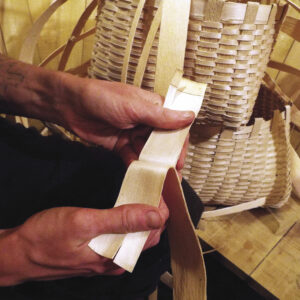
The black ash tree is an important part of our local ecosystems and looms large in the traditional craft heritage of our region. Unfortunately, an invasive species may undermine health of local ash stands. The emerald ash borer is an insect native to central Asia. It was first found in southeastern Michigan in 2002, and since then has proven itself to be incredibly destructive. Since 2002, the borer has cropped up from Massachusetts as far west as Missouri. An isolated population of emerald ash borer was found in Superior in 2013, and in Duluth in 2015. This is a large part of what all the fuss around not moving firewood is about. On its own, the advance of the ash borer happens very slowly, roughly two miles each year. However, with the assistance of humans and our cars and trucks, the ash borer can establish new populations hundreds or thousands of miles distant in a very short period. For now, our northern ash trees are flourishing, but it is imperative that we do all we can to protect them.
For more information, visit www.dnr.state.mn.us/invasives/terrestrialanimals/eab/index.html.—Kerry Lambertson


